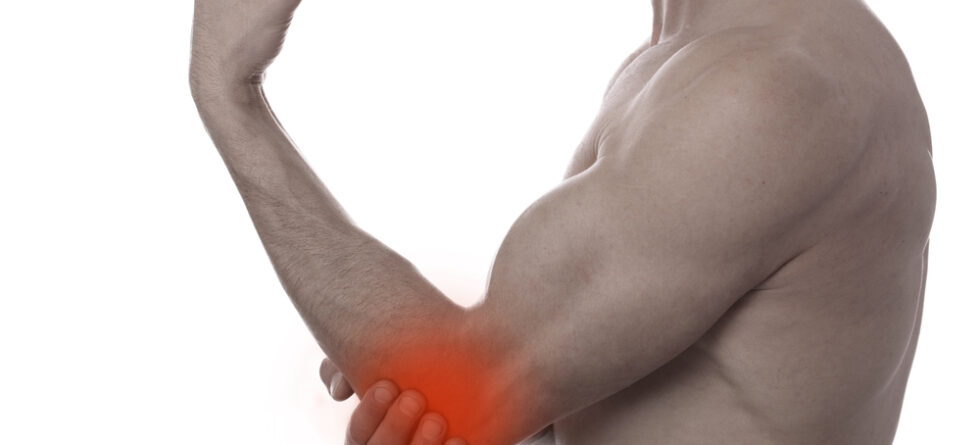Tennis elbow (lateral epicondylitis) is a condition that involves inflammation and pain on the outer part of the elbow, specifically in the area where the tendons of the forearm muscles attach to the bony bump (lateral epicondyle) on the outer side of the elbow. While tennis elbow is a common cause of elbow pain, several other conditions can cause similar symptoms and may be mistaken for tennis elbow.
Some of these conditions include…
- Golfer’s Elbow (Medial Epicondylitis) – This condition is similar to tennis elbow but affects the inner part of the elbow (medial epicondyle). It involves inflammation and pain in the tendons of the forearm muscles on the inner side of the elbow.
- Radial Tunnel Syndrome – This condition occurs when the radial nerve becomes compressed or irritated as it passes through the forearm. It can cause pain on the outer part of the elbow, similar to tennis elbow.
- Cervical Radiculopathy – Nerve compression in the neck can cause referred pain that may be mistaken for tennis elbow. Irritation of the nerves in the cervical spine can result in pain, tingling, or numbness that radiates down the arm.
- Osteoarthritis of the Elbow – Arthritis affecting the elbow joint can cause pain and stiffness, which may be mistaken for tennis elbow, especially in older individuals.
- Bursitis – Inflammation of the bursa (fluid-filled sac) located near the elbow joint can cause pain and swelling that may mimic tennis elbow.
- Referred Pain – Pain originating from other areas, such as the shoulder or upper back, can sometimes be felt in the elbow, leading to a misdiagnosis of tennis elbow.
- Joint Sprain or Strain – Injuries to the ligaments, tendons, or muscles around the elbow can produce symptoms similar to tennis elbow.
- Nerve Entrapment – Pinched nerves, such as the ulnar nerve, can cause pain and discomfort in the elbow region.
Proper diagnosis is necessary to determine the underlying cause of elbow pain accurately. If you experience persistent or severe elbow pain or if you are unsure about the cause of your symptoms, it’s necessary to consult with a healthcare professional or a qualified medical provider. They can conduct a thorough evaluation, perform tests if needed, and provide an accurate diagnosis to guide appropriate treatment.




